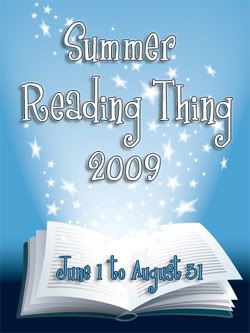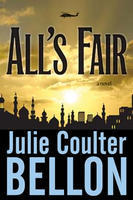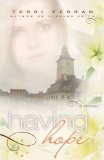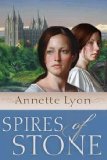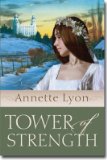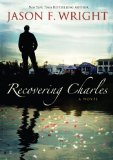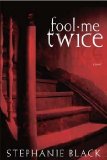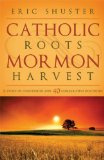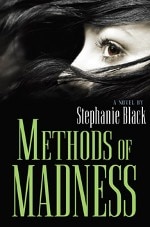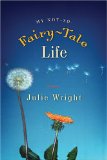The wonderful Annette Lyon is out to give me a heart attack. First, she goes and in the middle of celebrating the release of her new grammar book, There, Their, They’re, she up and links to me and goes on and on about my Word Nerdiness (and yes, that’s a compliment). And then last week, she does it again, this time passing along an award to boot.
And before I get off on that tangent, I pull up her blog this week and see a freaking huge picture of ME on the top post. If ever you want to know how and why we became friends (and/or are secretly separated at birth), Annette lays it all out there. Plus, she wrote a wonderful guest post this week on verbs in dialogue tags—the exact topic I was just about to suggest to her when she told me that was what she was thinking of writing about. Yep, separated at birth.
So, anyway, she gave me an award, too. As if the whole “This is your life” game wasn’t enough 😉 .

Here’s the purpose and instructions for the NENO’S Award:
Thank you, Annette! I’m flattered 😀 . (Despite the repeated attempts on my life. How come you save Tristi but try to kill me??)
Why I love blogging
There are a lot of things I love about blogging. At my work blog, Marketing Pilgrim, I like the opportunity to analyze the Internet marketing industry from time to time, as well as the chance to keep my editing skills sharp. At my blog about fulfillment in motherhood, MamaBlogga, I love building friendships with other moms, and taking the time to pause and appreciate being a mother, but most of all I love it when someone tells me I’ve made a difference for them that day.
Here on my writing blog, I like developing friendships with other writers and the chance to air my thoughts instead of sitting here fuming over yet another book/website/blog post that claims any use of “was [verb]ing” is passive voice. I’m looking forward to being able to discuss mechanics and technique and books and hearing your insightful comments.
Sharing the love
Kaye Dacus, whose blog was one of the first writing craft blogs I’d ever come across—and I love it as much today as I did then.
My Romance with Romance by my critique partner, Marnee, who (no matter what she may modestly claim) has taught me so much about writing romance. Just look how great Marnee is!
Tristi Pinkston, whom I got to meet last weekend at the launch for her newest book, Agent in Old Lace (read my review), and who is just the kindest, most inspiring mother, writer and mother-writer. Plus she has the best book promo/blog scavenger hunt ever.
Traci Hunter Abramson, who was awesome and really encouraging to me. Plus, I’ve read all of her books (though Lockdown is still waiting for me on my counter).
Thanks again, Annette!
 Contrary to popular thought, not all action verbs are strong verbs. In the sentence “Ali walked down the road,” “walked” is an action verb. It is also a generic verb. It tells us that Ali is using her feet to advance across a surface and nothing else.
Contrary to popular thought, not all action verbs are strong verbs. In the sentence “Ali walked down the road,” “walked” is an action verb. It is also a generic verb. It tells us that Ali is using her feet to advance across a surface and nothing else.  Consider this sentence: “Sari’s words caused Anthony great confusion.” The sentence is grammatically correct. Moreover, its meaning is clear. But how much more vivid and exact is the revised sentence “Sari’s words confused Anthony”? Or even better, “Sari’s words baffled Anthony.”
Consider this sentence: “Sari’s words caused Anthony great confusion.” The sentence is grammatically correct. Moreover, its meaning is clear. But how much more vivid and exact is the revised sentence “Sari’s words confused Anthony”? Or even better, “Sari’s words baffled Anthony.”  That is, until I got about four lines into page one. The book was a mess from start to finish. Even though I read the thing about a dozen years ago, I could still rant for days on the all the problems in the book (let’s just say this guy didn’t have the first clue about how to put together a coherent story, let alone a coherent sentence).
That is, until I got about four lines into page one. The book was a mess from start to finish. Even though I read the thing about a dozen years ago, I could still rant for days on the all the problems in the book (let’s just say this guy didn’t have the first clue about how to put together a coherent story, let alone a coherent sentence). For example, don’t do this: “These flowers are for you,” he smiled.
For example, don’t do this: “These flowers are for you,” he smiled. 